Rekall Incorporated
Rekall is a company that provides memory implants of vacations, where a client can take a memory trip to a certain planet and be whoever they desire.
- 720 Posts
- 134 Comments
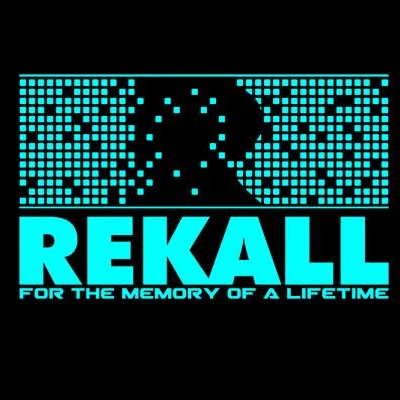
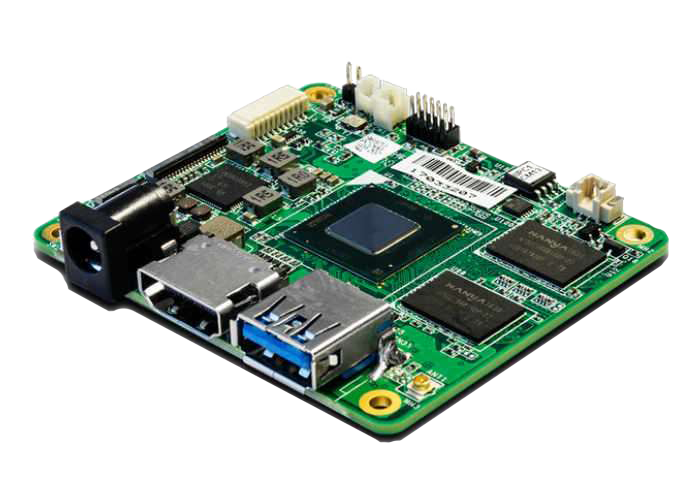 31·3 months ago
31·3 months agoNot really, no.

 2·4 months ago
2·4 months agoI mostly follow big accounts and don’t that much with folks (outside of a niche hobby account that I am trying to slowly grow).
Best option seems to be to subscribe/browse hashtags that pique your interest. Eventually you’ll find people who regularly post/boost interesting content and users.

 72·4 months ago
72·4 months agoI like to distinguish between ideological, Friedmanite capitalism, which I call big C Capitalism and broader concepts such as trade, competition, new commercial ideas, which I call small c capitalism.
Big C Capitalism is more of an oligarch-promoted, authoritarian ideology with clear fascistsa tendencies (see Friedman’s statement that “free markets” take precedent over democratic governance).
Small c capitalism is more a quality of human civilization and its implementation reflects social and cultural developments.

 358·4 months ago
358·4 months agoThat is why American-run commercial social networks are inherently not viable if you care about user focus. Any rational adult (of any nationality, from US to Botswana) can make their own conclusions regarding US-run commercial social networks over the past ~20 years.
I deleted Twitter a while ago and switched to Mastodon, I did not move to Bluesky when it started getting big exactly because I knew their initial user-focus was a ruse (and their federation architecture seemed top heavy).

 21·4 months ago
21·4 months agoI thought the unlock request feature was removed a few years ago? Guess not…

 7·4 months ago
7·4 months agoSeems like a very good display for the price.
Although HyperOS and adware infested apps are a massive let down. And since this is Xiaomi, you can’t install custom ROMs from what I remember.

 551·5 months ago
551·5 months agoTrump is a bigger national security concern than fucking TP-Link and no one in power is seriously talking about removing him.
There is an abstract ironic beauty to this.

 4·5 months ago
4·5 months agoCouple of days, or even a week or two is fine, it’s when they are months behind it can become a problem.

 3·5 months ago
3·5 months agoI like F-Droid, but does anyone else find that the versions in their repos often lag behind the current release (sometimes significantly so)?

 1·5 months ago
1·5 months agoI was referring to PC components in general.

 11·5 months ago
11·5 months agoI don’t have any stats to back this up, but I wouldn’t be surprised if failure rates were higher back in the 90s and 2000s.
We have much more sophisticated validation technologies and the benefit of industry, process and operational maturity.
Would be interesting to actually analyze the real world dynamics around this.

 2·5 months ago
2·5 months agoThe physical market is basically in terminal decline. It would make much more sense for Sony to go with a separate drive addon if they are even willing to consider support discs for the PS6.

 10·5 months ago
10·5 months agoWhile I agree with your message at a high level (I quit FB several years ago), I don’t think it’s productive to be so abrasive.
It’s generally better to be respectful and convincing if you want to change minds.

 221·6 months ago
221·6 months agoI think you can effectively compete with China but you would need a giant coalition of democratic countries that would move fast and stay focused.
With oligarchs completely taking over the US, this is unlikely to happen. But that’s hardly the sole roadblock to such a coalition.
The enclosure and the ports of your laptop are the bigger factor.
You most definitely want to do extensive reviews before spending money as there tend to be lots of edge cases and issues with eGPUs.

 56·6 months ago
56·6 months agoIf you haven’t seen it yet, check out this investigation on Honey (20 minutes, Part 1):
https://m.youtube.com/watch?v=vc4yL3YTwWk
It’s fascinating stuff. Open fraud.
I can’t speak for formal legal matters (I am assuming such scams are nominally legal in the US), but it goes to show that senior PayPal executives are basically criminals. There is no way they didn’t know about this.

 1·6 months ago
1·6 months agoI think they will be fine in the iGPU space.

 1·6 months ago
1·6 months agoValue is somewhat subjective for non-commodity products.
I could see a lot of LOTRO fans (even ones not into mechanical keyboards) buying such a product.

 2·6 months ago
2·6 months agoCook is an oligarch and he has long lost the ability to tell right from wrong (personal matters notwithstanding, but that’s a very very low reference point).
Don’t think it bothers him in the least.


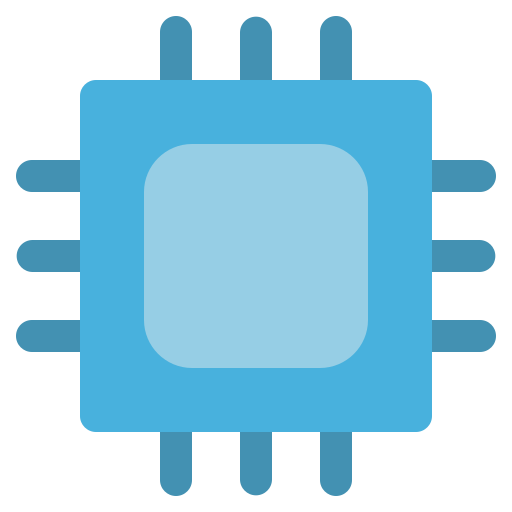
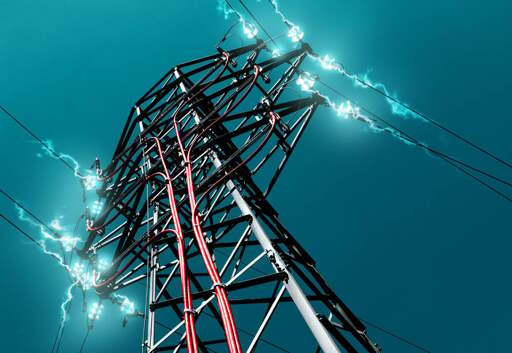




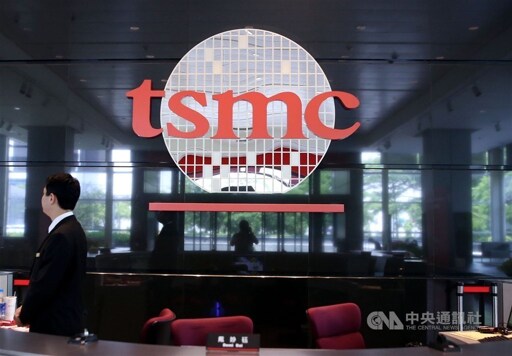



I pay the equivalent of $10 USD per month (we don’t do list prices, it’s the actual price) for 1 Gbit fibre.
And I am willing to bet that the “five-year price lock” advertising is fraud. There has to be a clause in their TOS that as per the company “price lock” means the ability to change prices.